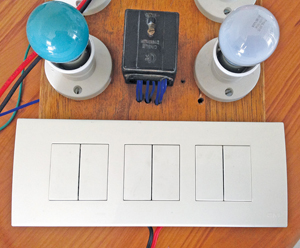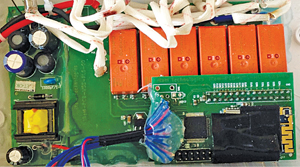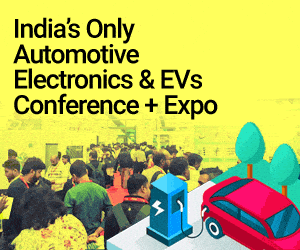Intelligent lighting and appliance control allow up to 30 per cent of savings on energy but, in developing countries like India, the installation and maintenance cost of an intelligent system makes it a luxury item rather than a need. This calls for a solution that is affordable and at the same time easy to use without any technological complexity.
iRam Technologies has come up with an IPv6-based electrical switch solution for Indian homes. It is an advanced electrical switch that can easily fit into any Indian electrical box (standard) or faceplate without rewiring. Reduced installation and maintenance cost makes the solution affordable, and at the same time providing comfort and fun with energy conservation.


“Today a common man can buy a switch from the market and an electrician can install it. everyone in the home knows how to use it. We wanted to take this end-user experience over the Internet and reachable to the society. Our solution costs just 10 per cent of what the incumbent home automation solution providers are charging, but provides 90 per cent more features than their solutions,” says Syam Madanapalli, CEO and co-founder, iRam Technologies.
The switch connects to your home Wi-Fi router and allows you to control your lights or appliances from an application installed in your smartphone or tablet.
The flexible and globally suitable design can be used for building a complete home automation system. The unique switch architecture is a generic platform which allows sensing and actuating with real-time communication capability over IP networks. Various sensors (LPG, fire, temperature, humidity and smoke) and door locks can be connected over serial ports providing security and safety.
The switch uses open standards that can fit into an all-IP Internet architecture for cloud connectivity. It uses IP (IPv6) at layer 3 and at layer 2 it uses either IEEE 802.15.4 with 6LoWPAN or Wi-Fi. While Wi-Fi-based solution is positioned for home and office markets where Wi-Fi is ubiquitous, 6LoWPAN is positioned for campus, street lighting and industrial applications where a large area needs to be covered.
A complete lighting and appliance automation system is priced at Rs. 50,000 approximately for a two-bedroom apartment. “Our solution allows incremental evolution of the smart homes. The users can actually start with budgets under Rs. 10,000 and keep adding new things; this is one of our fundamental design considerations to keep a low barrier for customer entry,” adds Madanapalli.
Madanapalli explains, “Our target is to develop an affordable home automation system for average Indian homes. The system will comprise a bunch of switches, sensors and other devices connected to a cloud management system through a router/gateway and controlled by apps running on handheld devices such as tablets and mobile phones.”
The author is a technical journalist at EFY








